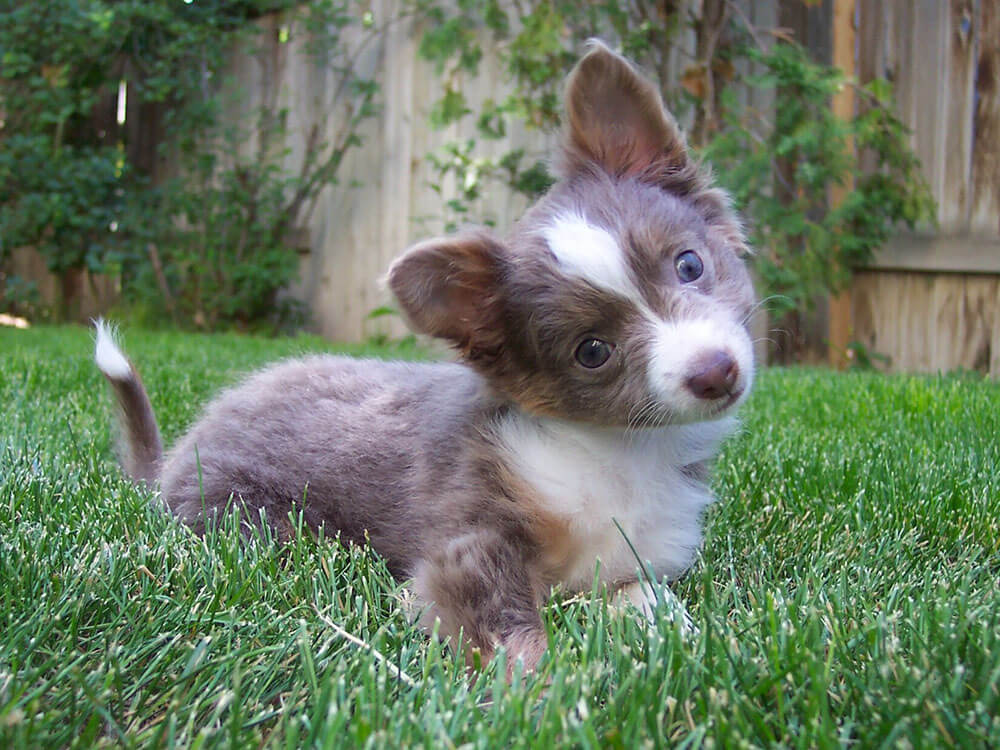Featured Story

The Teacup Chihuahua, while distinct in its petite size, is not a separate breed from the standard Chihuahua that has been beloved by dog enthusiasts … [Read More...]










Do bearded dragons make good pets? Generally speaking, there are good reasons why the Bearded Dragon is one of the most common reptiles kept as pets around the world. Learn some interesting bearded dragon facts that make it a popular pet:
The name “bearded” is made in association with its ability to flare up its skin below the jaws. Bearded Dragons have been originally found in Australia’s desert regions. They are mostly seen in the deserts, subtropical woodlands, scrublands, and shore regions. They live on trees and bushes.
It was not until the 1990s when the beardies were domesticated as a household pet around the country. Nowadays, they are typically seen in pet stores looking for a new home.
In general, the Bearded Dragon is a medium-sized lizard which can grow from 12 to 24 inches in length when measured from head to the tip of the tail. However, the Bearded Dragon size will not determine its gender. In fact, to determine its accurate gender one should wait until it is fully mature. Male beardies will have two bumps forming a dimple in between above the vent. On the other hand, females will have a raised bump in the middle of their tail above its vent.
The head of a beardie is triangular in shape which has spikes all over. Beneath its head are more spiked scales which resemble a beard when it flares. The said scales will change into darker colours during breeding. As for its muscular flat body, it is supported by four firm legs. It has a tail that can grow half the length of its body. However, unlike most lizards, it is not capable to regenerate when any parts of it have been broken.
Furthermore, this breed can be seen in colours from tan to yellow. Over the years of selective breeding, there are now available beardies in varying colours under the following categories:
Bearded dragons are known for its docile temperament especially to humans. However, it can be territorial when given a company. As such, it is best to provide a much bigger space if you are housing two. Males are known to become aggressive especially during mating season.
Further, beardies enjoy a good amount of exploring as they are naturally inquisitive reptiles. You do not need to take these reptiles for a walk although if desired, there are leads or harnesses available for safety. Some people would opt for free walking, but this is optional.
Bearded Dragons are omnivores. Therefore, one should provide it with a balanced diet of meat and vegetables. Younger beardies enjoy a good snacking of small insects and as they grow older, they start to enjoy more vegetables.
Further, a young dragon (2-4 months old) should be fed with 80 per cent insects and 20 per cent greens. Mealtime follows 2-3 times in a day.
The average Bearded Dragon lifespan ranges in between 12-14 years. More than that, it is believed that it can live for more than 14 years when duly cared for.
However, it is known to be susceptible to the following illnesses:
The Bearded Dragon average price will cost in between £20 to £100. Food costs may range from about £24 a month depending on the age.
Moreover, specific costing on needs, lighting, and insurance largely depend on its availability on the area and the special needs of the said reptile.